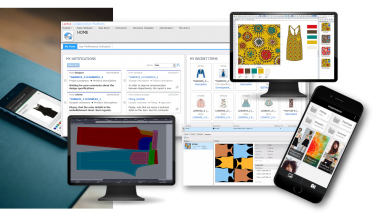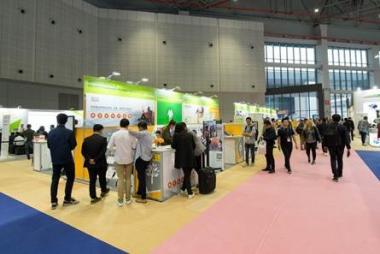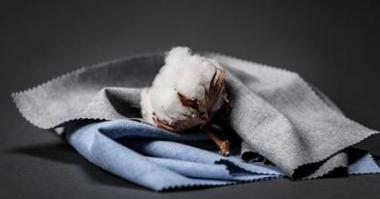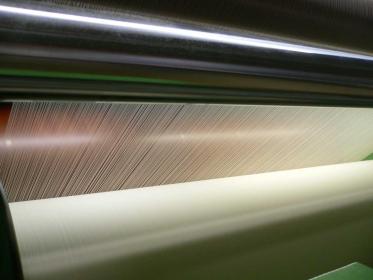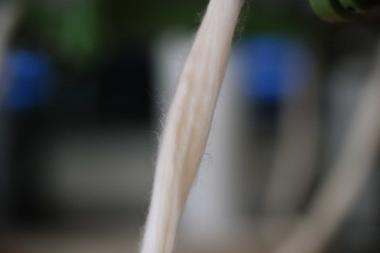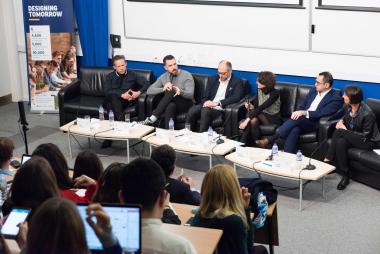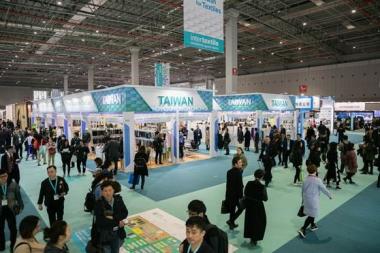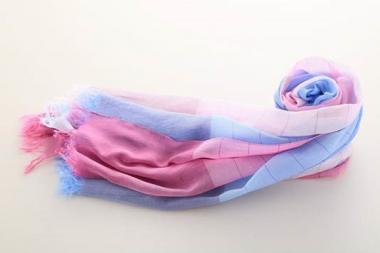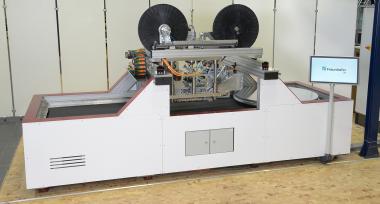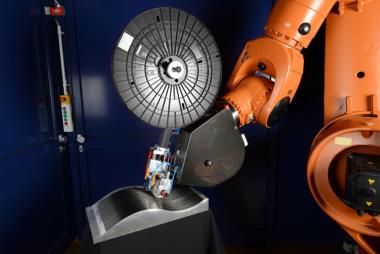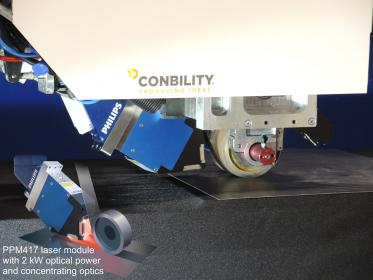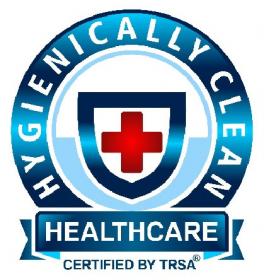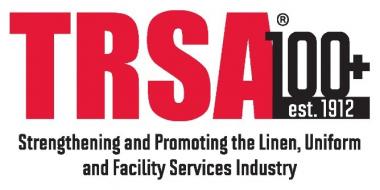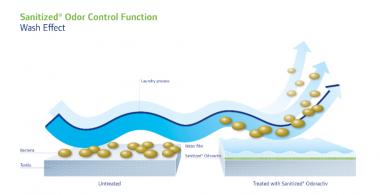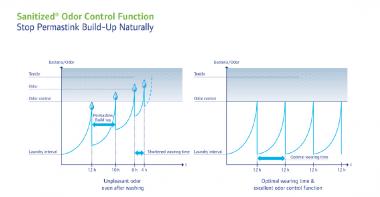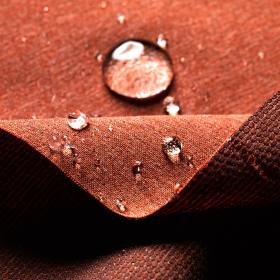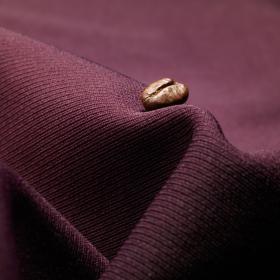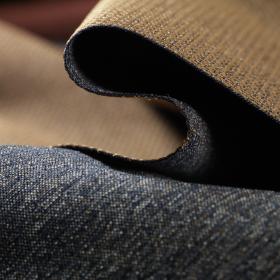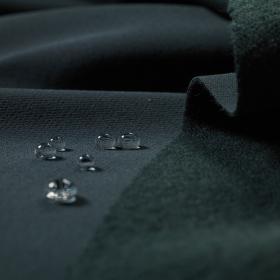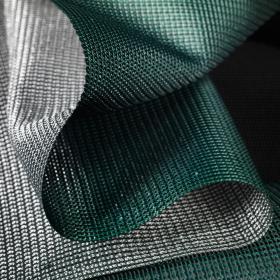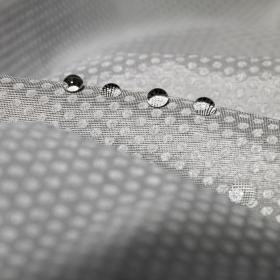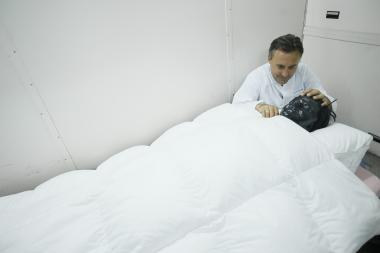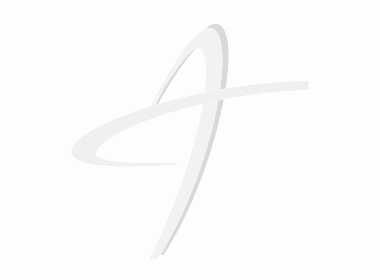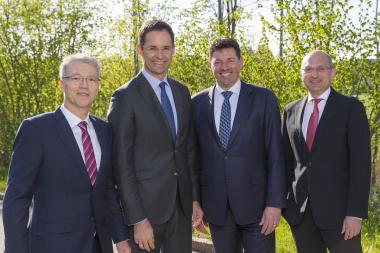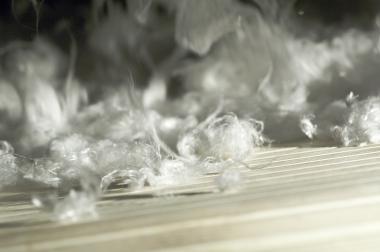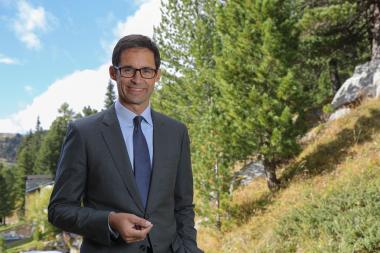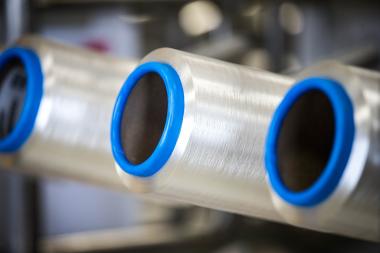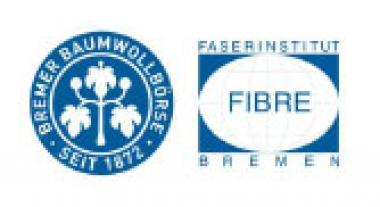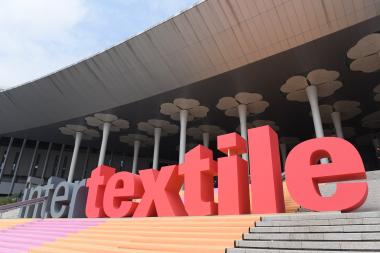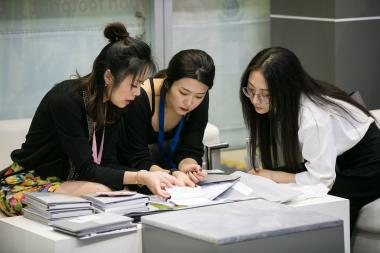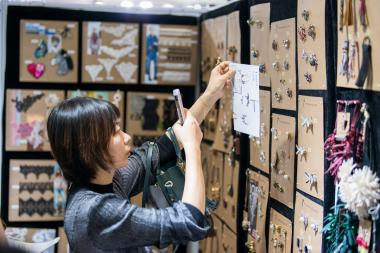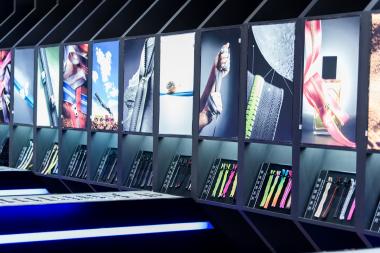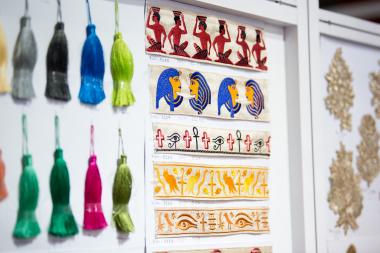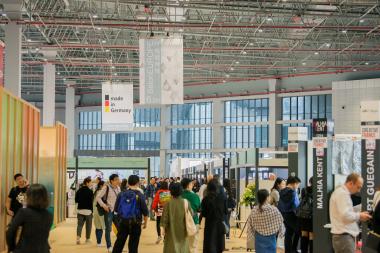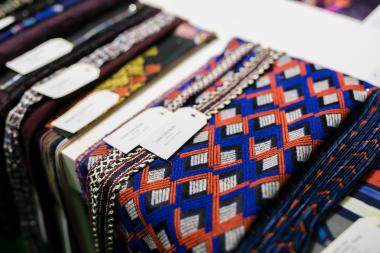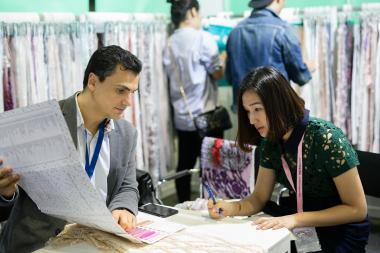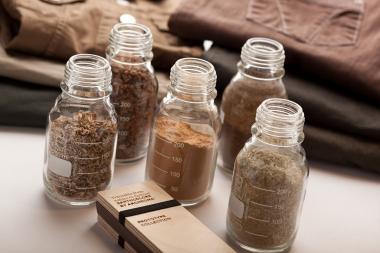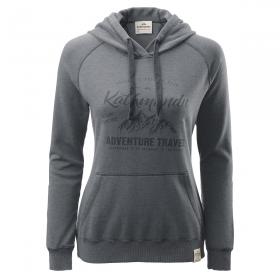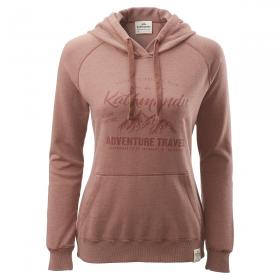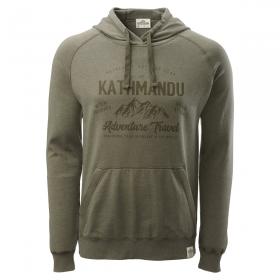Intertextile Shanghai Home Textiles 2018 covers the whole spectrum of home furnishing industry
As the leading home textiles trade event in Asia, Intertextile Shanghai Home Textiles is renowned for its size and also the variety of products offered by its exhibitors from China and around the world.
The show will be held from 27 – 30 August in the National Exhibition and Convention Center in Shanghai. It will cover six halls, accommodating over 1,000 suppliers from around 30 countries and regions.
To satisfy buyers from different regions with varied sourcing needs, the show will feature a wide variety of home textile products ranging from bedding, bath, table & kitchen, curtains & upholstery and textile designs & technology to editors, whole home, sun protection, wallcoverings and carpets & rugs.
“The products on offer are of various quality and price levels that visitors can discover both premium brands presented by editors and a massive amount of medium-end products at the show,” said Ms Wendy Wen, Senior General Manager of Messe Frankfurt (HK) Ltd.
Intertextile Shanghai Home Textiles serves as an ideal platform for suppliers to introduce new products to the market as a large number of visitors including import & export corporations, wholesalers, distributors, chain stores and home product manufacturers are attracted.
EUROART and JAB ANSTOETZ are two of the returning editors who are ready to demonstrate their latest collections.
“We are an integrated company based in Beijing which presents both imported decorative fabrics and wallpaper as well as self-owned fabric brands. Buyers can expect to discover advanced jacquard, embroidery, silk and printing techniques from the brands LIZZO and ROMO at our booth,” Mr Frank Lu, General Manager of EUROART said.
Furthermore, the world-known fabrics design company, JAB ANSTOETZ, will also take advantage of the show to present their new outdoor fabrics.
“Our ‘AROUND THE WORLD’ collection possesses high colour stability, mould-resistance and easy-care features. We will also introduce our advanced FibreGuard fabrics which prevent dirt and meet OEKO-TEX® standards,” Mr William Lin from JAB ANSTOETZ said.
Bedding products are another highlight of the show. Returning exhibitor Advansa will display their new fibre formula SUPRELLE™ 95 which is a combination of enhanced sleep comfort and ease of care. And the established French brand TODAY will make their debut at the fair to promote their full range of fashionable bedding items.
Diverse suppliers confirm participation offering all kinds of quality products. Apart from the editors and whole-home exhibitors, worldwide suppliers specialising in different products can be found in the show.
They include:
- Curtains & upholstery: quality brands such as AICO, Ateja, Culp Fabrics, D’Décor, Elastron, Enzo Degli Angiuoni, Harmel Home, Huatex, Sangwontex and more
- Bedding, bath and kitchen: domestic and overseas brands will showcase an extensive range of products for everyday domestic life including comforters, pillows, mattress toppers, bed linen, bathrobes, towels, table napkins and more. Exhibitors will offer insights about utilising various products to display the whole home concept
- Textile design: featuring worldwide original textile design studios. Visitors can discover distinct styles of design from both Asian and European studios
- Carpets & rugs: carpet exhibitors from Afghanistan, India, Pakistan, Turkey and other countries
- Digital printing & technics: showcasing the latest digital printing technology, and cutting, sewing and other home textile equipment technics. In view of the good result in 2017, the show will continue to cooperate with industry media to organise professional seminars introducing some latest technique and new applications in the home textile industry
Messe Frankfurt (HK)




